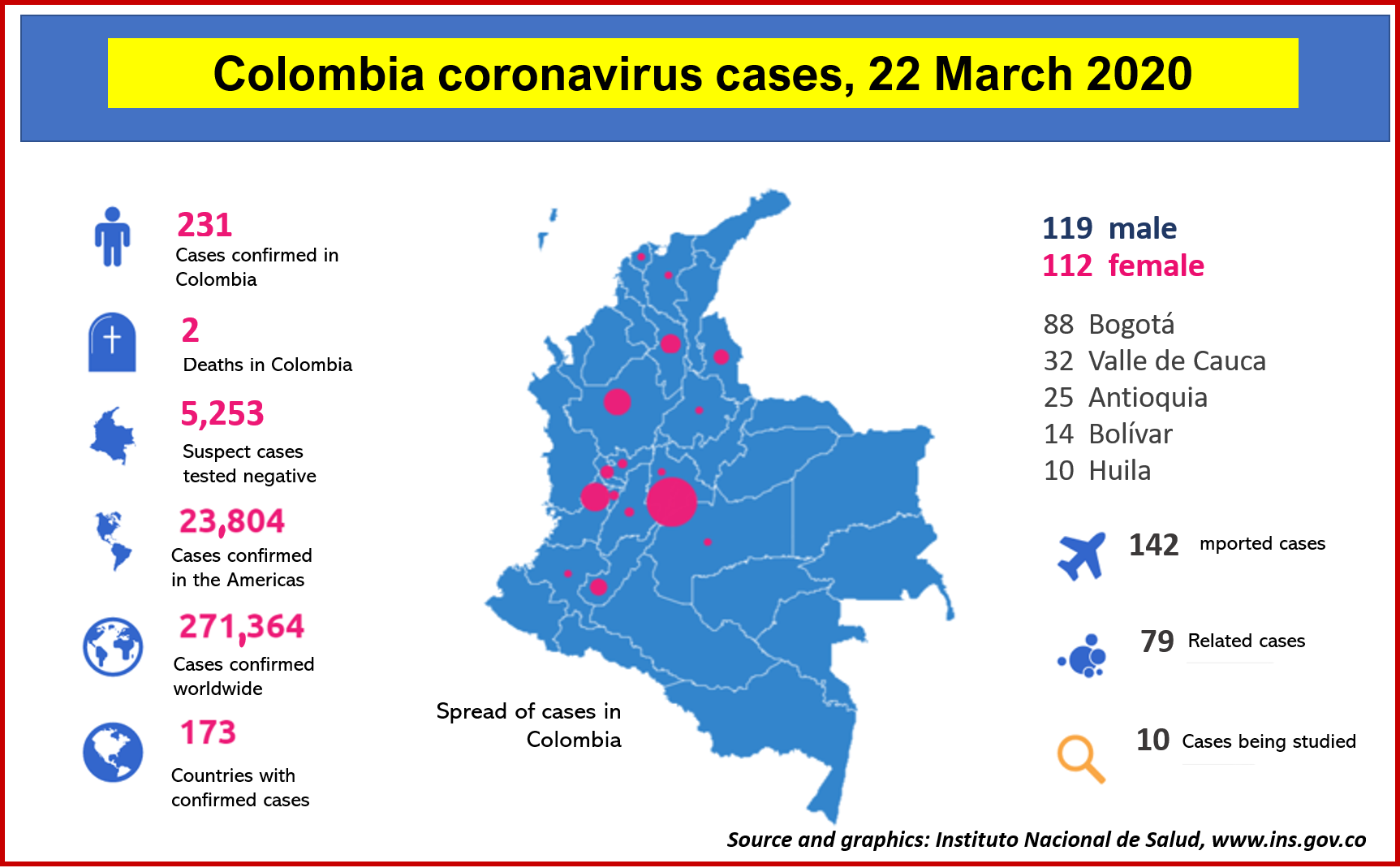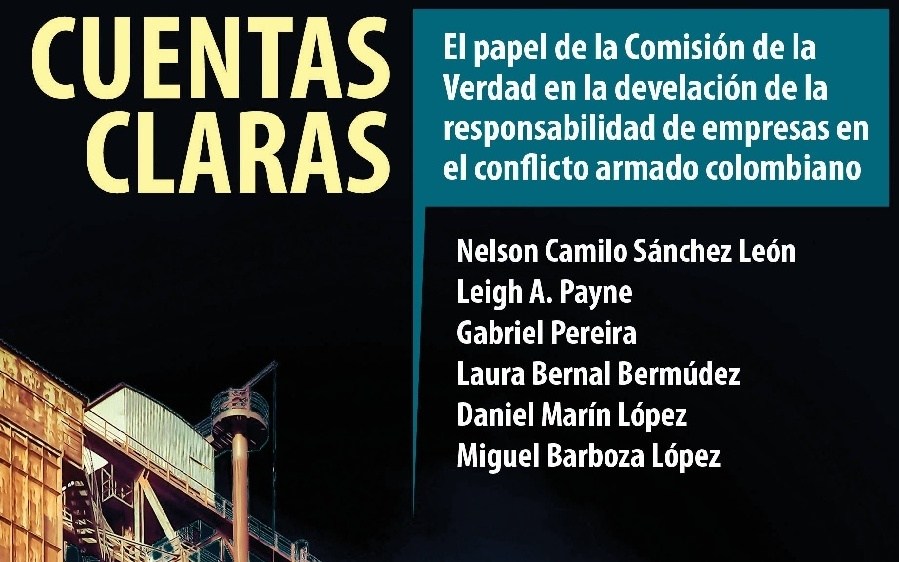
Image from Nasa’s Terra satellite, 24 September, shows smoke from fires in Indonesia over the coasts of Borneo and Sumatra. Red outlines indicate surface temperatures associated with fires.
Forest fires are dominating headlines in Colombia and around the world. Kieran Duffy looks at the human factors that exacerbate the problem and asks what lessons can be learned…
Environment Minister Gabriel Vallejo says that already this year, 102,000 hectares of Colombia have been burned in over 4,200 fires. Few Bogotá residents could miss the smoke from Monserrate at the end of October as nearby neighbourhoods were put at risk when an area of forest was engulfed in flames.
Forest fires are a regular occurrence in Colombia, with an average of about 3,200 per year, but the severe drought conditions brought by El Niño have exacerbated the problem, and with the dry months of January and February on the horizon, the country’s Investigator General is calling for a state of national emergency.
Wilson Ramirez, biodiversity land management program coordinator at the Humboldt Institute tells The Bogotá Post that the damage done by the fires is economic, social and ecological. He warns of the risks of extinction to endemic species through loss of habitat and nesting areas, and says that “one of the most worrying effects is the release of carbon into the atmosphere… which contributes to the increase of gases which accelerate the global warming process”.
Indonesia
There are similar stories of unusually severe fires reported around the world. Most dramatically, in Indonesia, where smoke from the massive fires has covered the country and much of South-East Asia in a dense smog. The fires – the worst in human history – have endangered the health of tens of millions of people and created an environmental catastrophe. A huge amount of carbon has been released into the atmosphere and over 1.5 million hectares of rainforest, home to many endangered species, have been destroyed.
Leaders from neighbouring countries have joined environmentalists in blaming successive Indonesian governments for failing to control dramatic changes in land use. They say that before 1997, there were hardly any fires – now they are a yearly phenomenon.
The primary issues are deforestation caused by agriculture and intensive logging, and the drainage of peat-lands for palm and wood plantations.
Peat, which is formed over millions of years, essentially acts as one big carbon sponge. Indonesian peat contains some of the densest carbon stock in the world, so when it catches fire, not only does it sustain the blaze for a long time, millennia’s worth of carbon is released.
And that’s one of the reasons that palm oil giants are coming under fire as the villains of the piece. Growing palm involves cutting down trees and draining peat swamps, making them susceptible to fires. Ninety percent of the world’s palm oil comes from Indonesia and Malaysia.
Environmentalists are hoping that the current crisis will act as a catalyst for change. “The problem that we see in Indonesia with essentially unrestrained deforestation going on is a bad message for the world,” Bill Hare, chief executive officer of Potsdam, Germany-based policy researcher, told Bloomberg Business. “If we can’t really control deforestation in this region, who’s going to be next?”
How does this relate to Colombia?
Both Colombia and Indonesia rank in the top five countries with the highest biodiversity in the world. Forest accounts for about 50% of the land mass in each of them. Both nations have enormous potential for growth in their already large agricultural sectors.
However, Colombia’s peat density is much less than that of Indonesia, making it unlikely that in years to come it will be pumping out more carbon than the US and smoking out its neighbours.
That is not to say there aren’t lessons to be learned. Ramirez warns that while forest fires are natural, it is man made factors that are behind the increase in fires. He highlights the dangers of agricultural practices such as clearing shrubland through burning and cites the challenges of controlling the fires. He adds that large scale fires can be caused by “careless management of combustible materials, especially glass waste, as well as through criminal acts.”
He says we should protect the environment through “better handling of waste in high risk zones, education on the topic and an increase in ecological conscience”.
Environment and economy
Land use is a crucial factor as Colombia begins to consider its post conflict economy, as well as being forced to shift its economic focus away from oil.
All over the world, the desire – and need – for economic gain often comes at an environmental cost. The widespread pollution caused by illegal mining in Colombia has received a lot of media attention, but the destructive nature of the growth in the commercial farming market should not be ignored.
Cattle ranches make up about three-quarters of Colombia’s agricultural land and their continual expansion, often by slash and burn agriculture, has resulted in the destruction of large areas of the Amazon rainforest. This trend, also present in neighbouring countries such as Brazil and Peru, is devastating. Not only is a vital ecosystem destroyed, but the livestock and the fertilisers release enormous amounts of greenhouse gases, and the ranches require large amounts of precious water. Worse, forest soils are not well-equipped for supporting large scale agriculture and quickly become eroded.
Palm production – seen as one of the main culprits in the Indonesian crisis – has rapidly expanded in Colombia in recent years. Fedepalma, Colombia’s Palm Oil federation, recently announced that production of crude palm oil had reached a record high of 1.2 million tons – cementing the country’s position as the top producer in Latin America and the fourth in the world. However, Fedepalma President Jens Mesa told the Washington Post that the development of the crop in Colombia has followed stringent environmental rules, and does not come at the cost of the country’s forests.
Colombian forests are also threatened by the widespread cultivation of coca. As an illegal enterprise, coca farming often takes place in the more remote areas of the country, away from the watchful eye of the authorities. Coca also grows well in rainforests. Growing one hectare of coca will often destroy between two and three hectares of ancient forest – a devastating loss.
The severe drought which the country is currently experiencing shows both the level of damage already done to the ecosystem and the risk of even further destruction. The president has told the nation to save water and save energy, and while individuals all have their part to play, it is clear that the decisions the government makes now about land use and environmental management will be vital. Let’s hope that Indonesia will act as a warning flare for countries like Colombia because, as Ramirez points out, “the losses could be irreversible”.
By Kieran Duffy





